Earth’s water may have arrived 4.4 billion years ago—delivered by a Mars-sized impactor, Theia.
Key Takeaways:
- Scientists discovered that the Moon-forming collision also brought water to Earth 4.4 billion years ago.
- The impactor, Theia, originated from the outer solar system, carrying water-rich materials.
- Researchers identified this connection using molybdenum isotopes as a “genetic fingerprint.”
- Without this event, Earth might not have had the conditions necessary for life to develop.
- The study, published in Nature Astronomy, reshapes our understanding of Earth’s early history.
________
A groundbreaking study by planetary scientists at the University of Münster, Germany, suggests that Earth’s water came from the same event that created the Moon—an impact with a Mars-sized body named Theia 4.4 billion years ago. Their findings, published in Nature Astronomy, challenge previous assumptions about how water arrived on Earth and provide new insights into our planet’s formation.
Water’s Origin Linked to a Cosmic Collision
Earth formed in the dry inner solar system, making the presence of water a long-standing mystery. Scientists knew that water-rich materials, known as carbonaceous meteorites, came from the outer solar system, but the timing and mechanism of their arrival remained unknown.
Using molybdenum isotopes as a “genetic fingerprint,” researchers traced Earth’s molybdenum back to the outer solar system. Since most of this element resides in Earth’s core, the accessible molybdenum in the mantle must have arrived later in Earth’s formation. Their analysis showed that this late-stage molybdenum came from Theia—the protoplanet that struck Earth, forming the Moon.
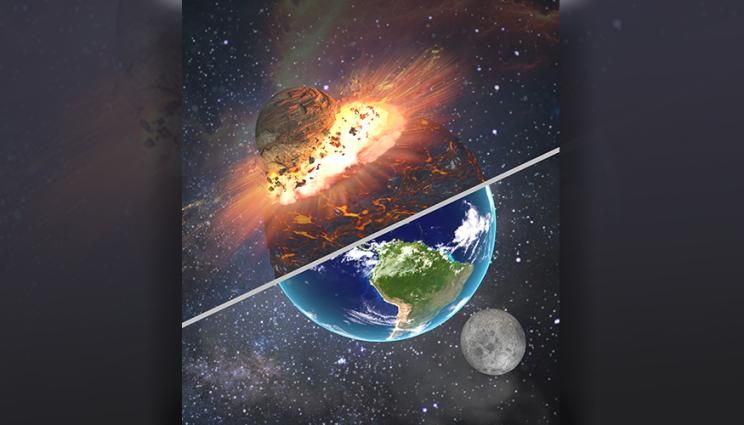
This discovery means Theia itself originated from the outer solar system, carrying water-rich carbonaceous materials that were delivered to Earth during the massive collision. According to lead researcher Dr. Gerrit Budde, this event provided enough material to explain Earth’s entire water supply.
A Key Moment for Life on Earth
The study not only links water’s arrival to the Moon’s formation but also underscores the Moon’s importance in making Earth habitable. The Moon stabilizes Earth’s axial tilt, creating a stable climate that supports life. Without Theia’s impact, our planet might have remained dry and lifeless.
Co-author Professor Thorsten Kleine highlights the significance of this discovery: “Without the Moon, there probably would be no life on Earth.” The study reshapes our understanding of Earth’s history, revealing that a single, massive collision may have set the stage for life as we know it.
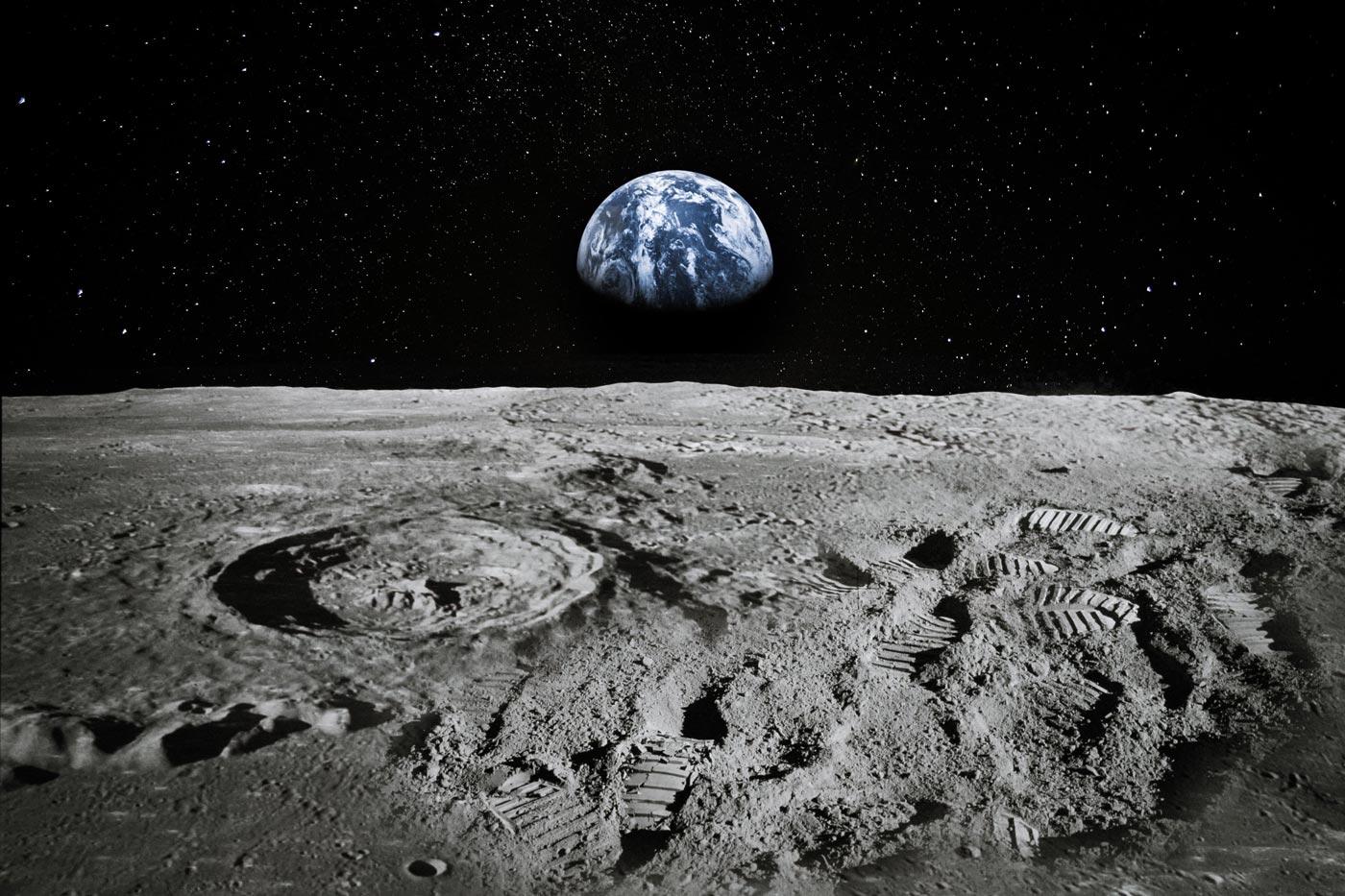
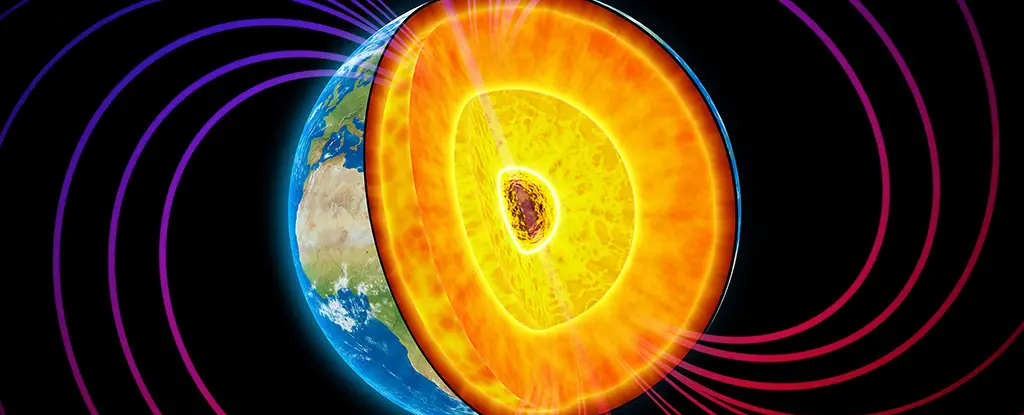
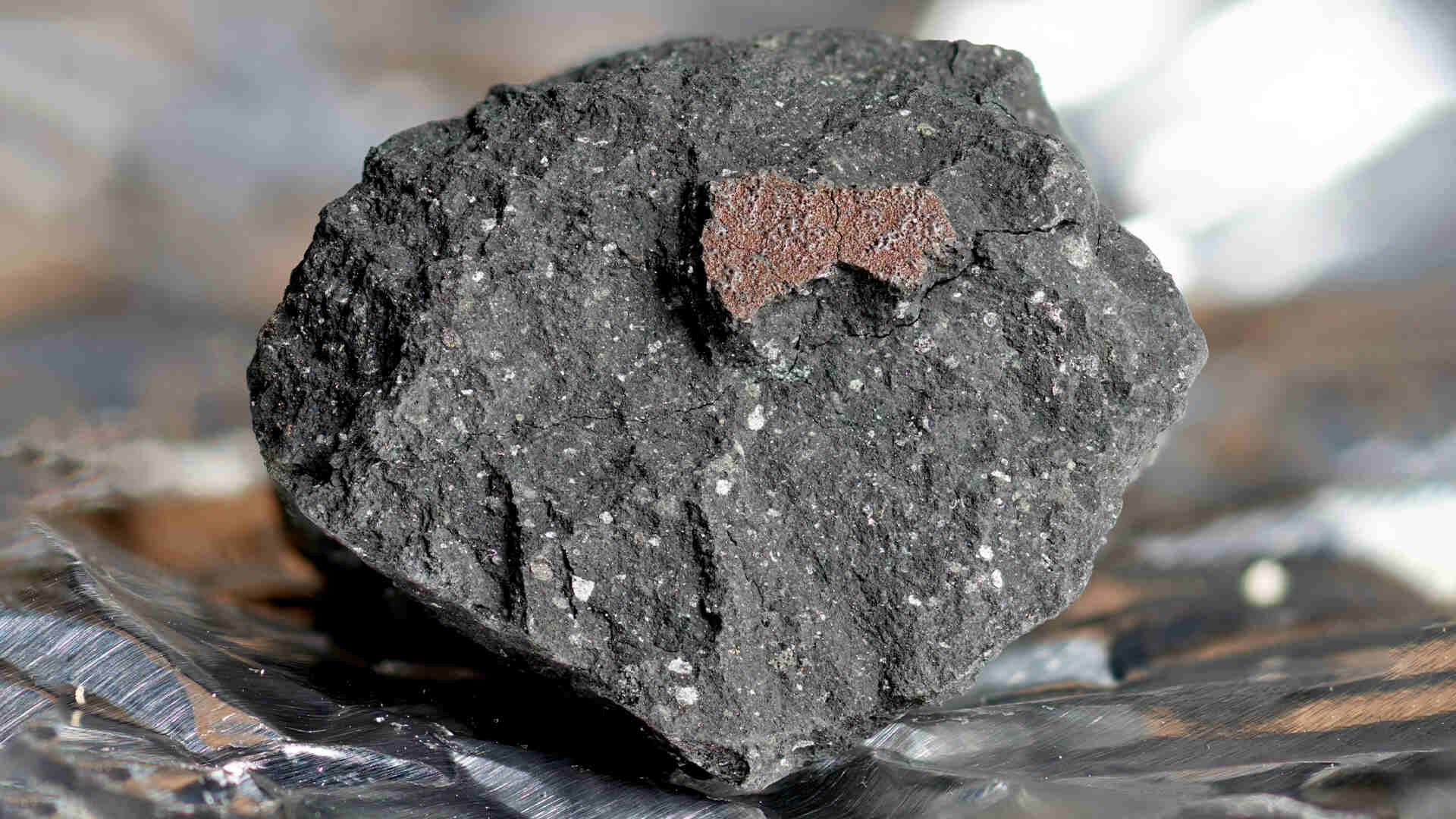
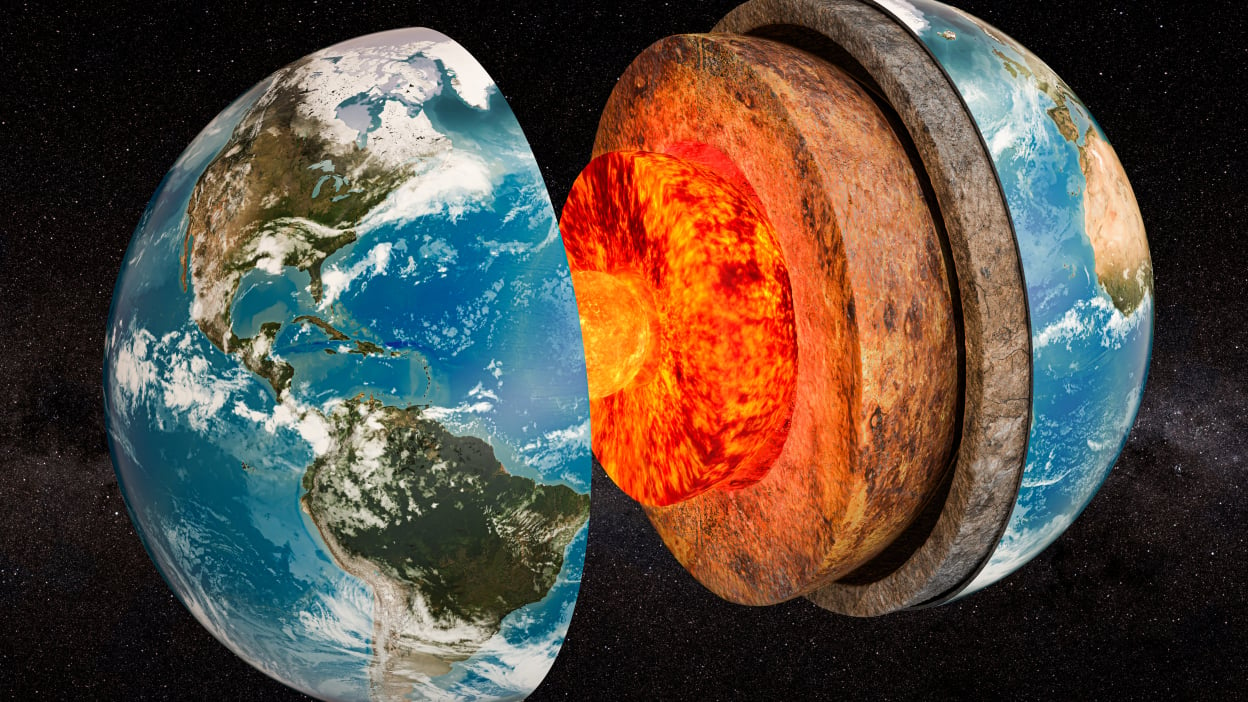
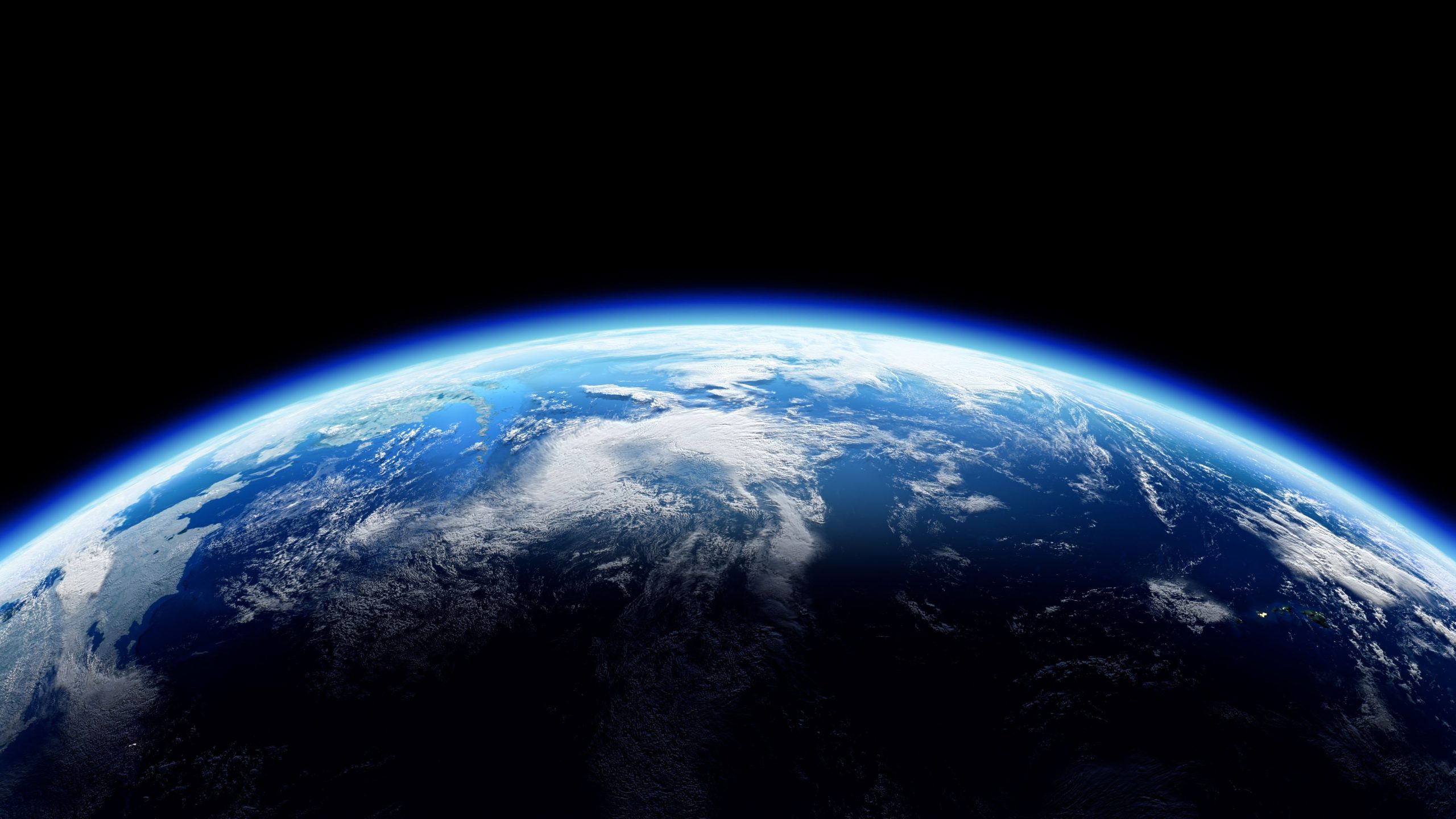
Thank you, your article surprised me, there is such an excellent point of view. Thank you for sharing, I learned a lot.